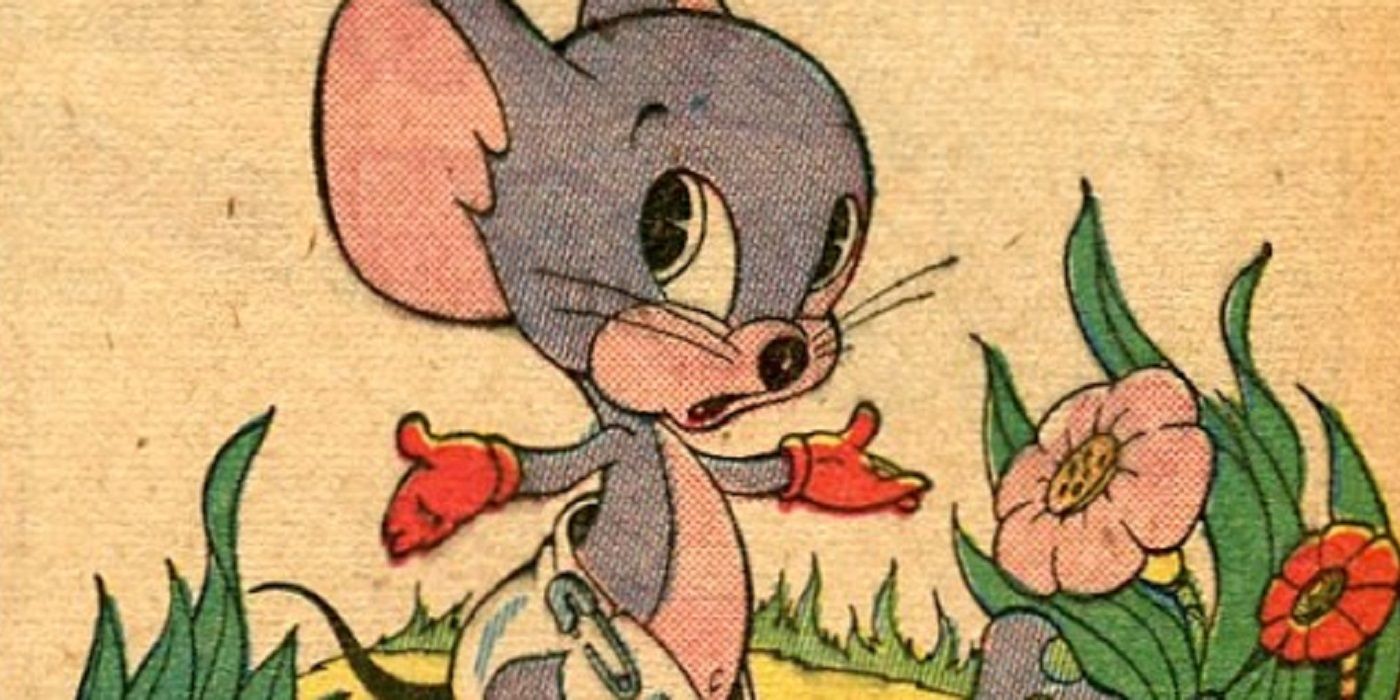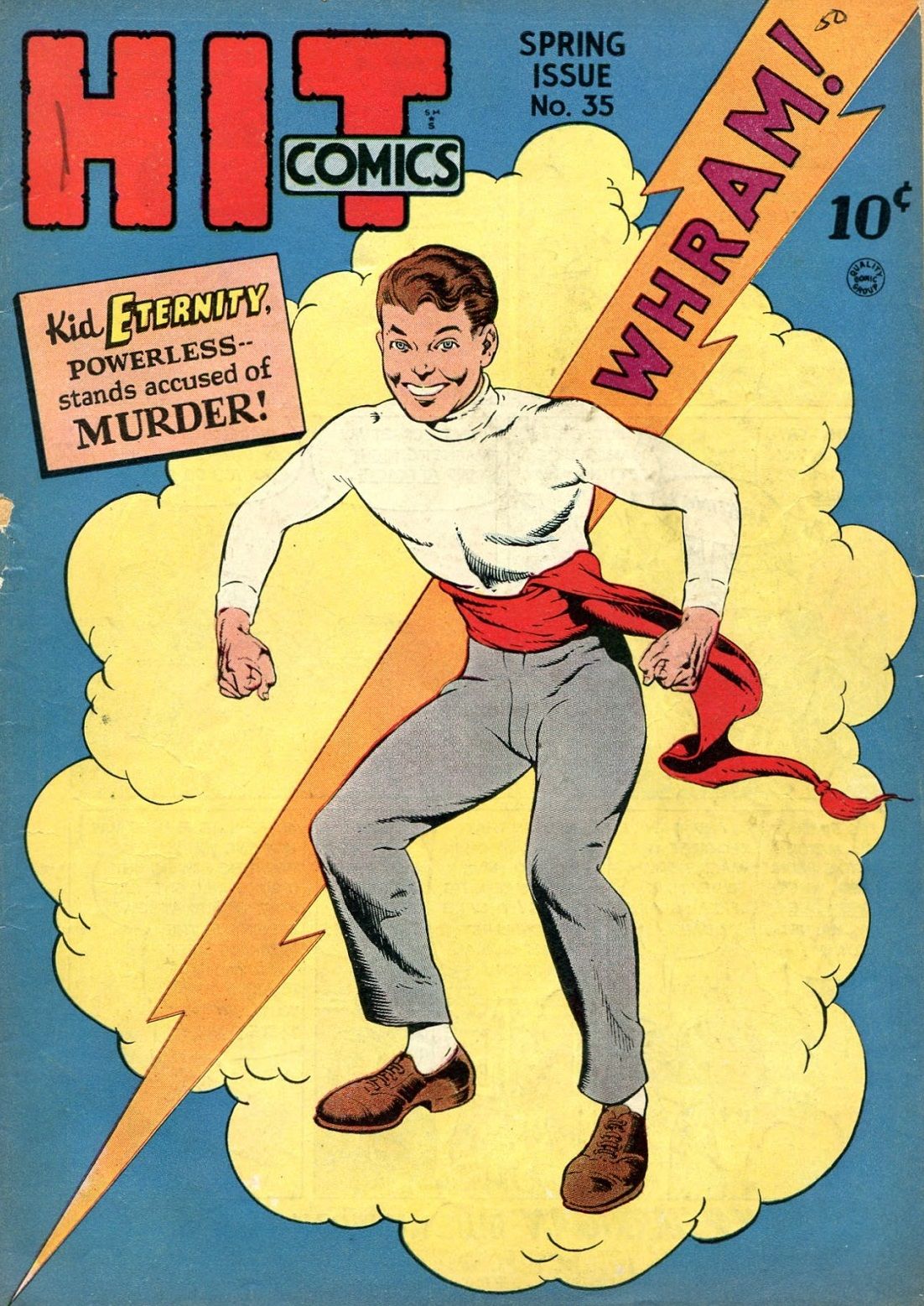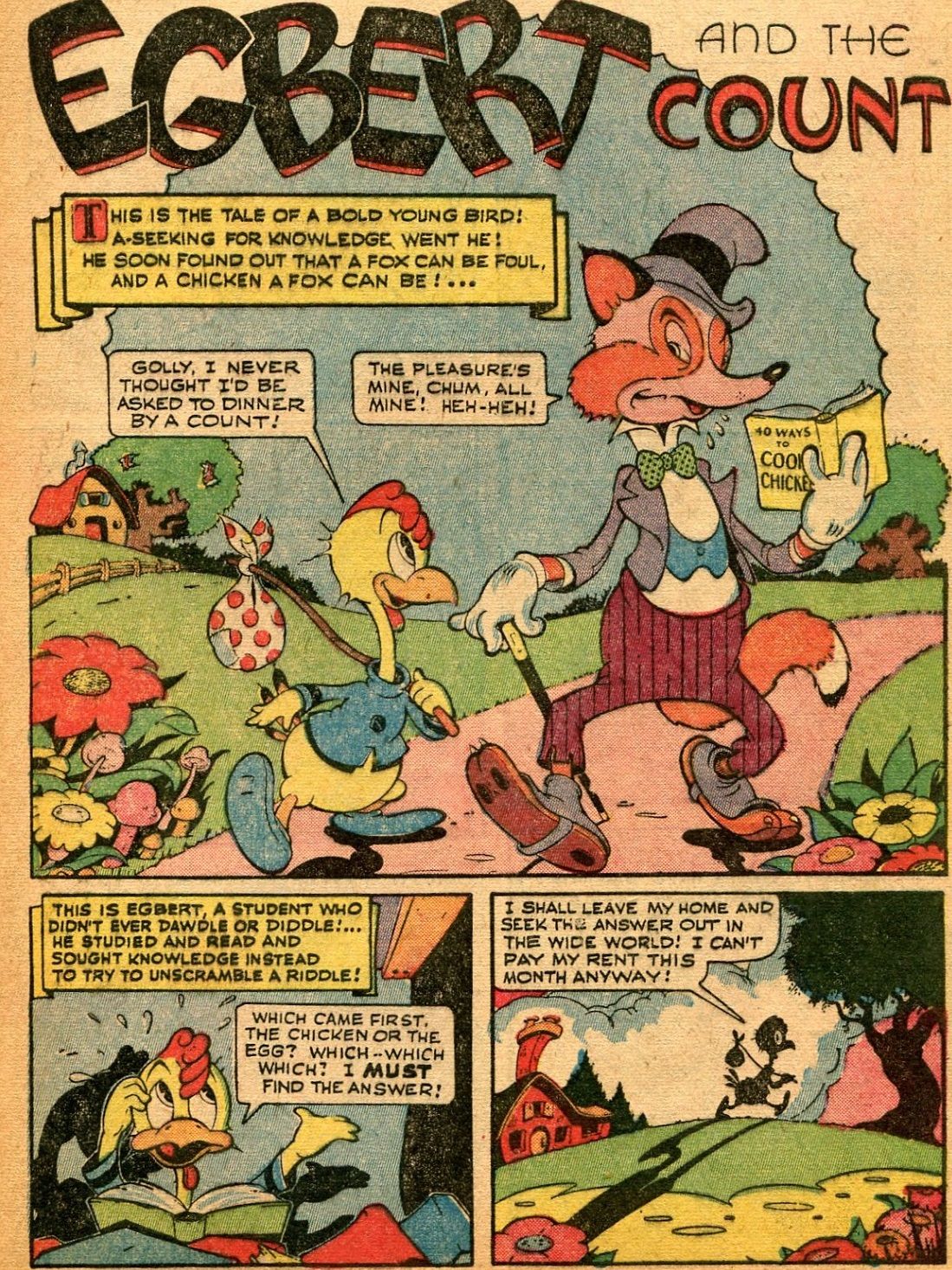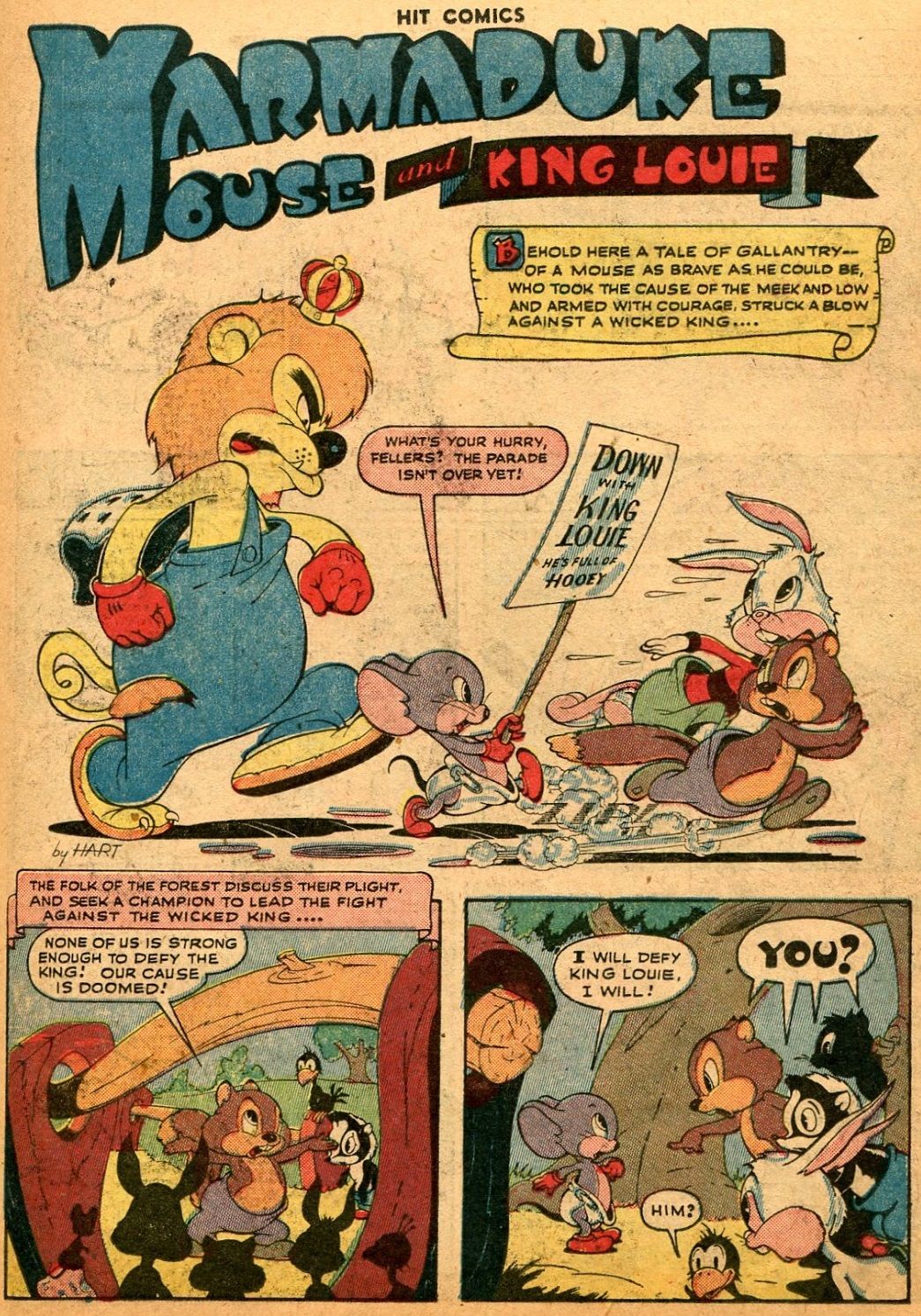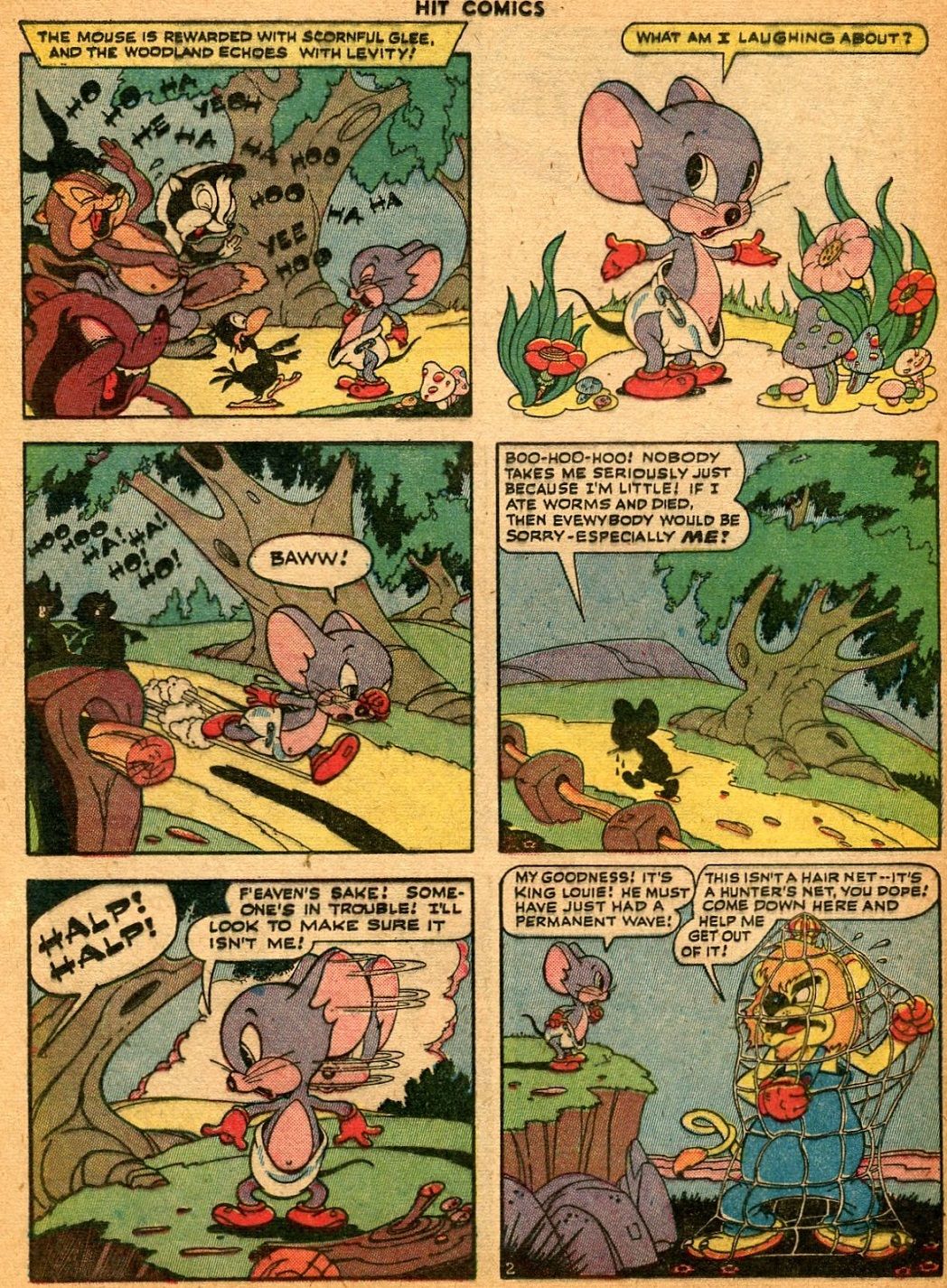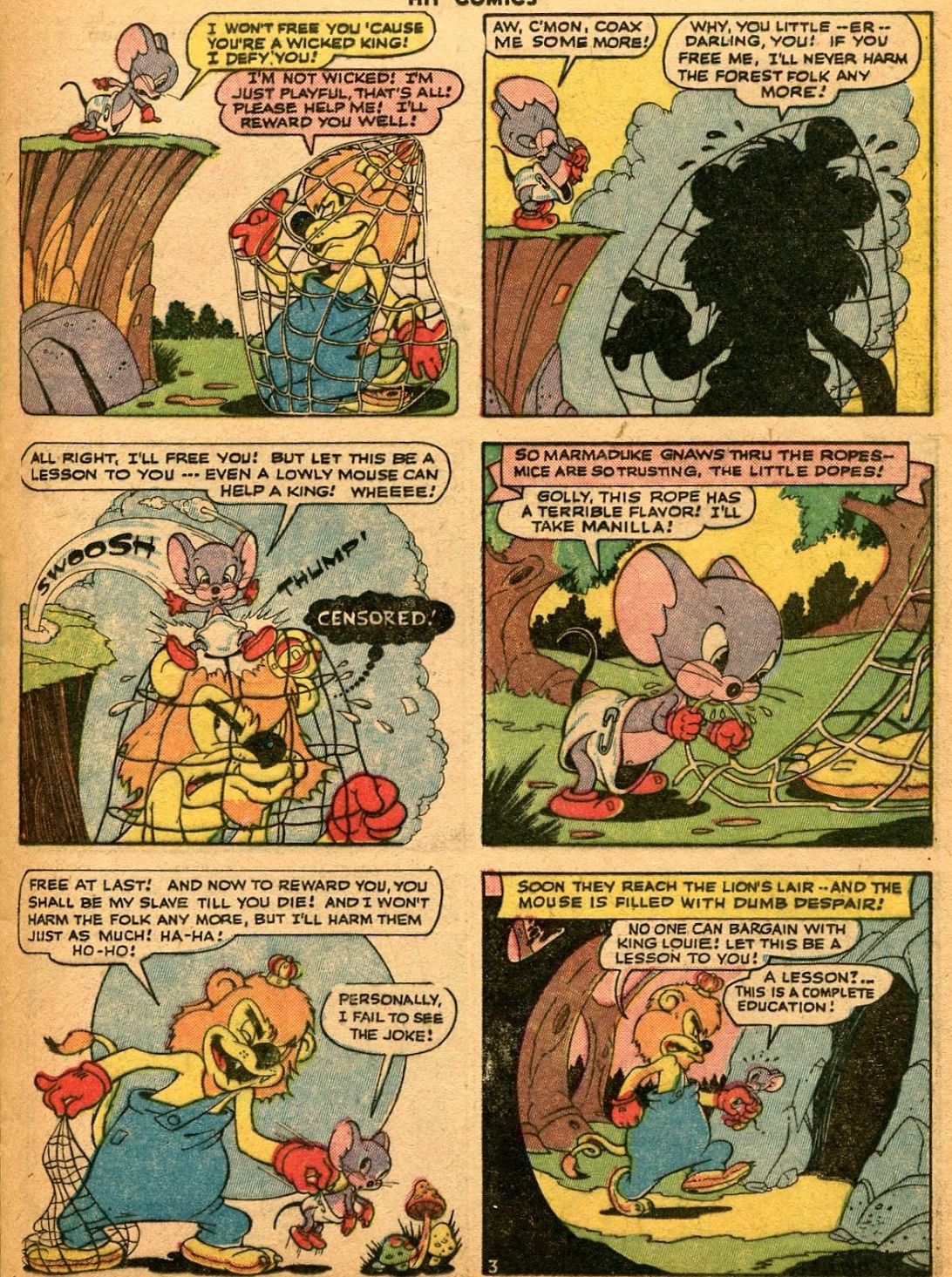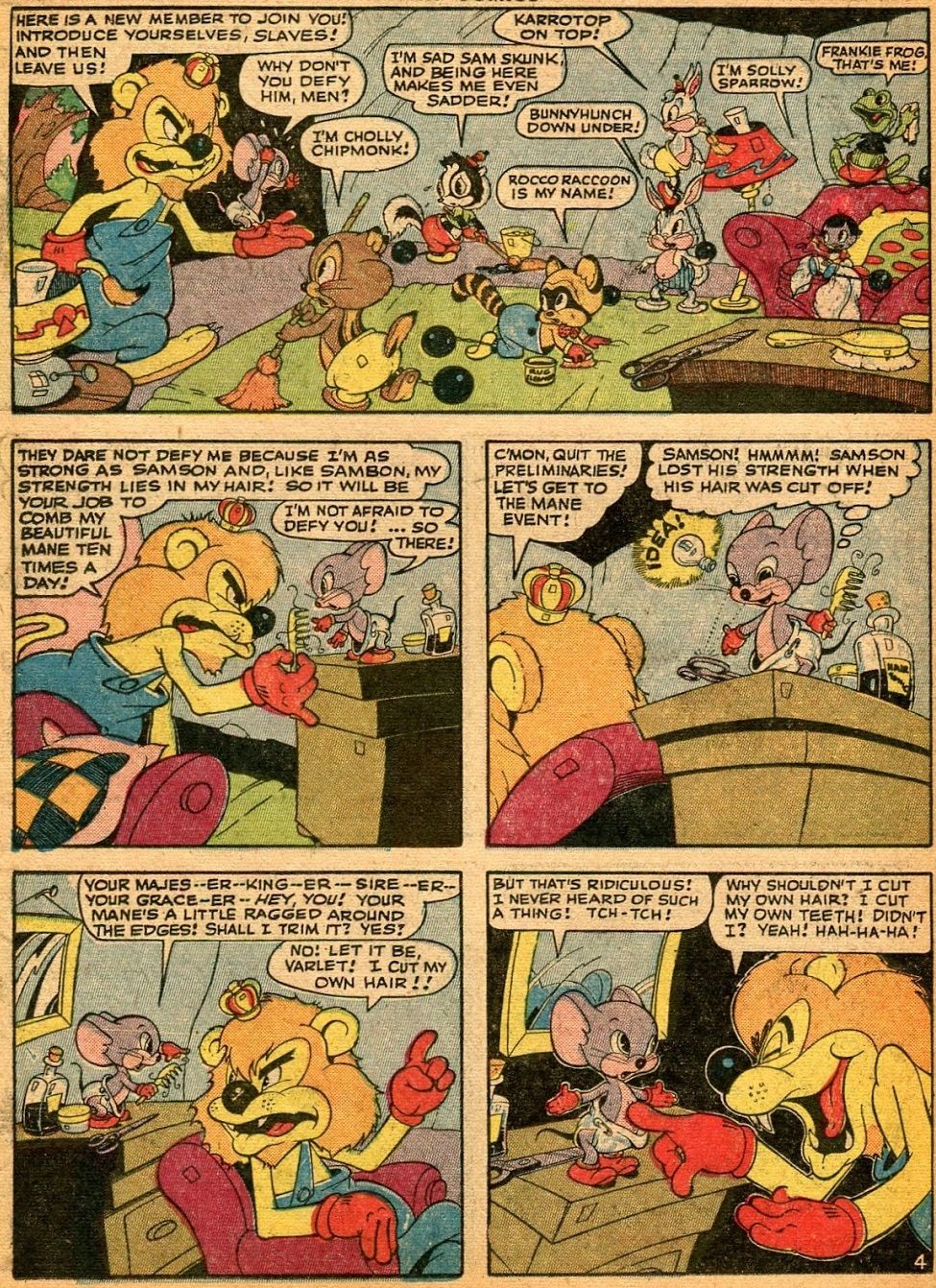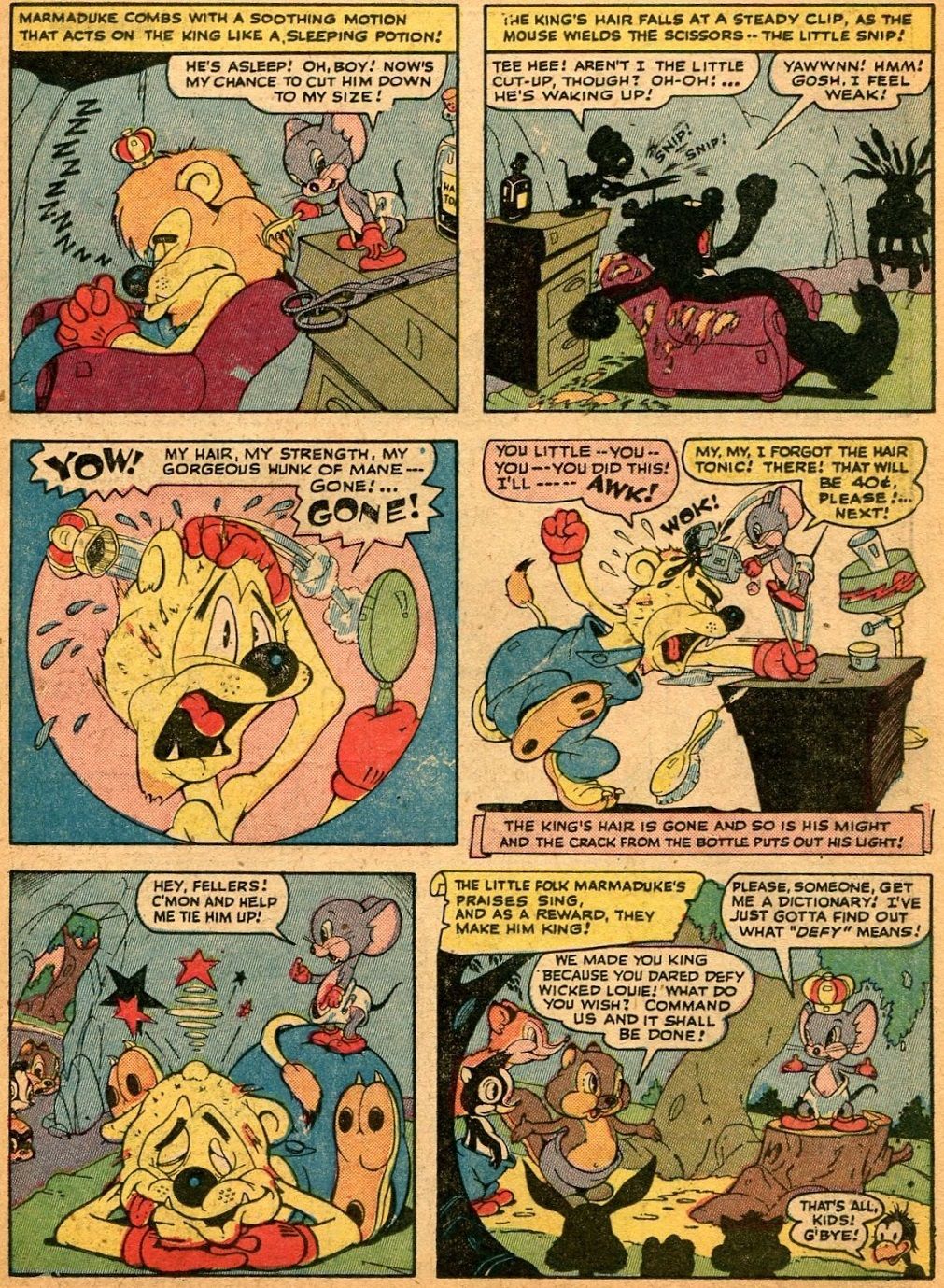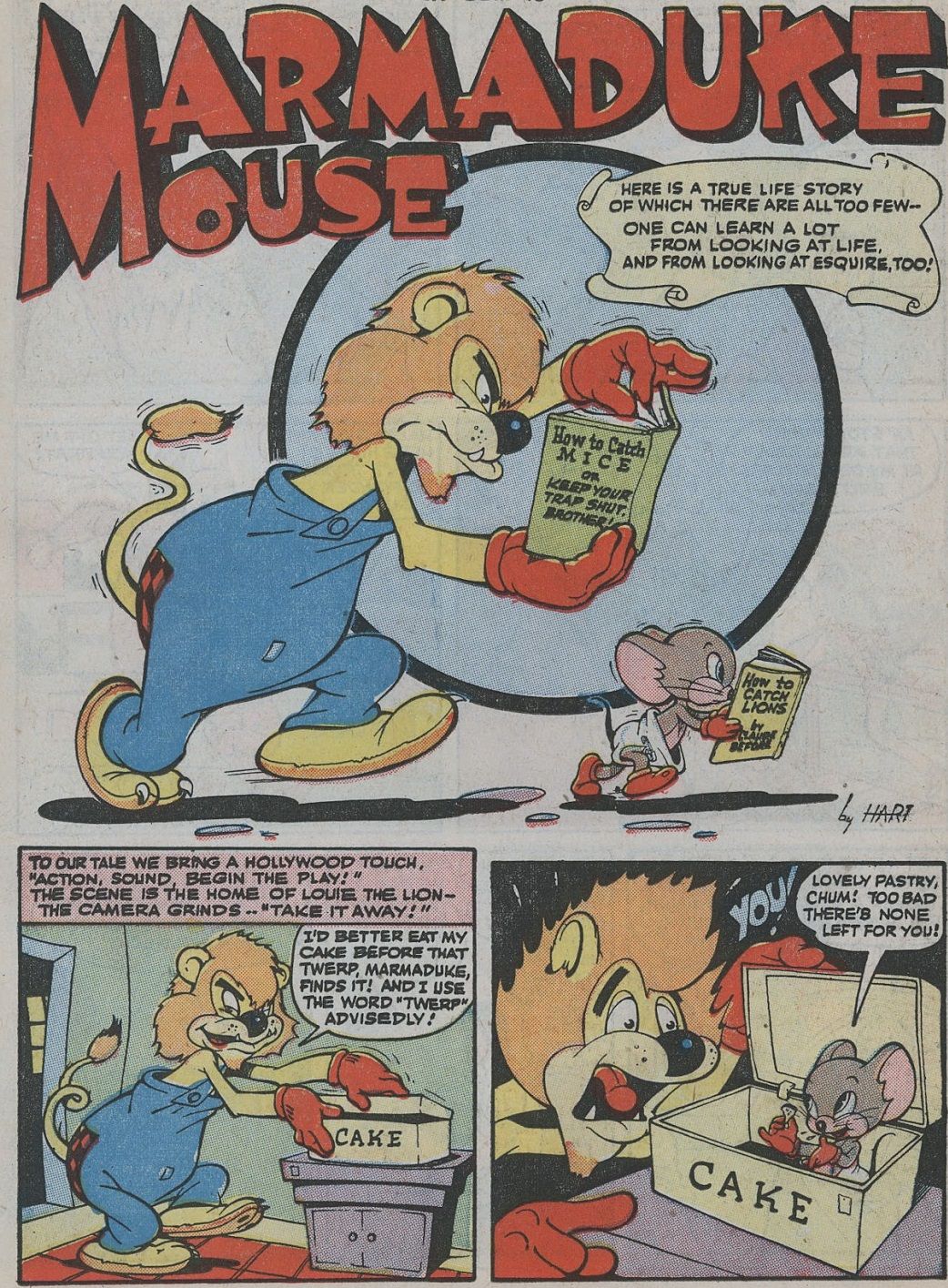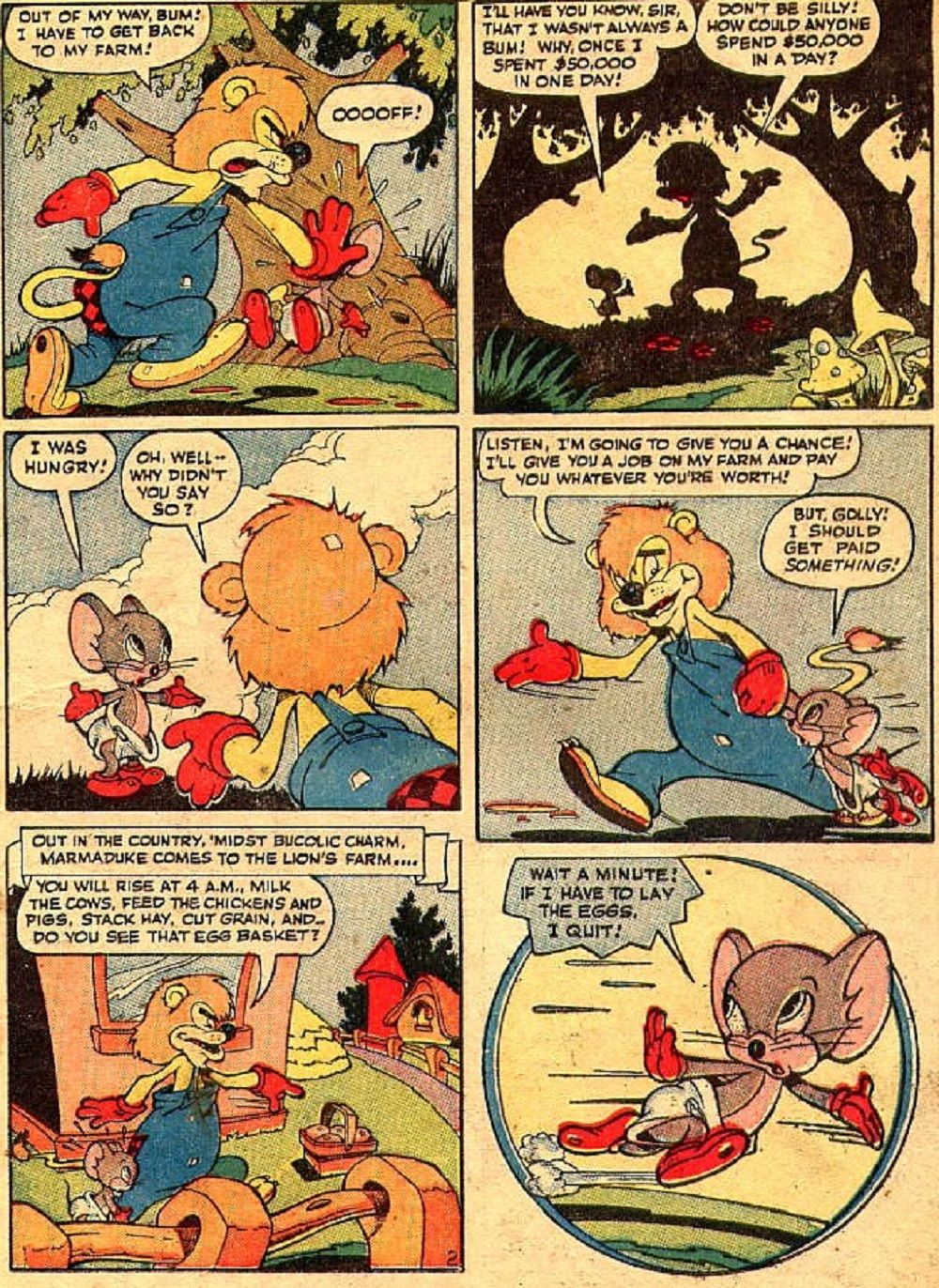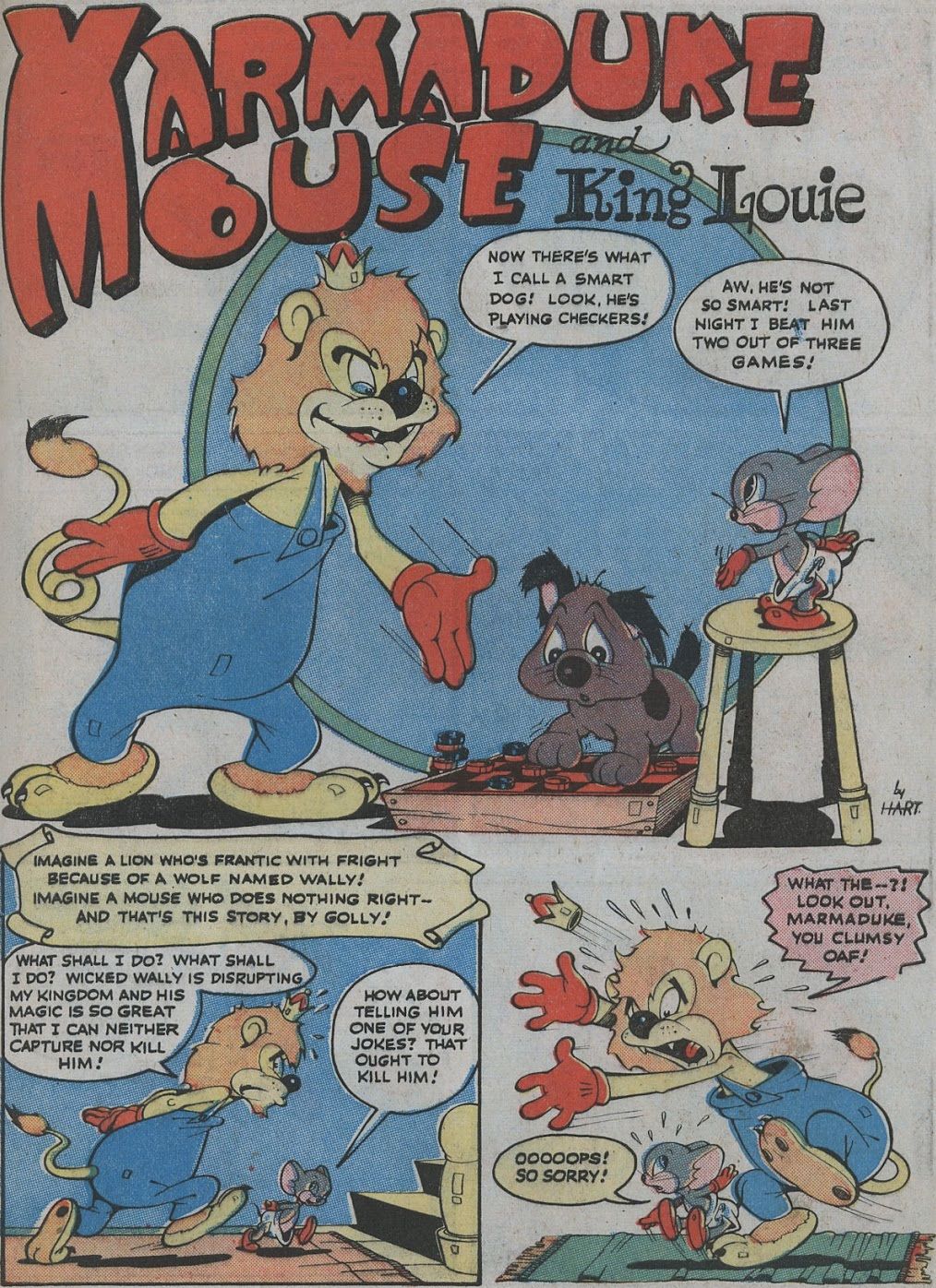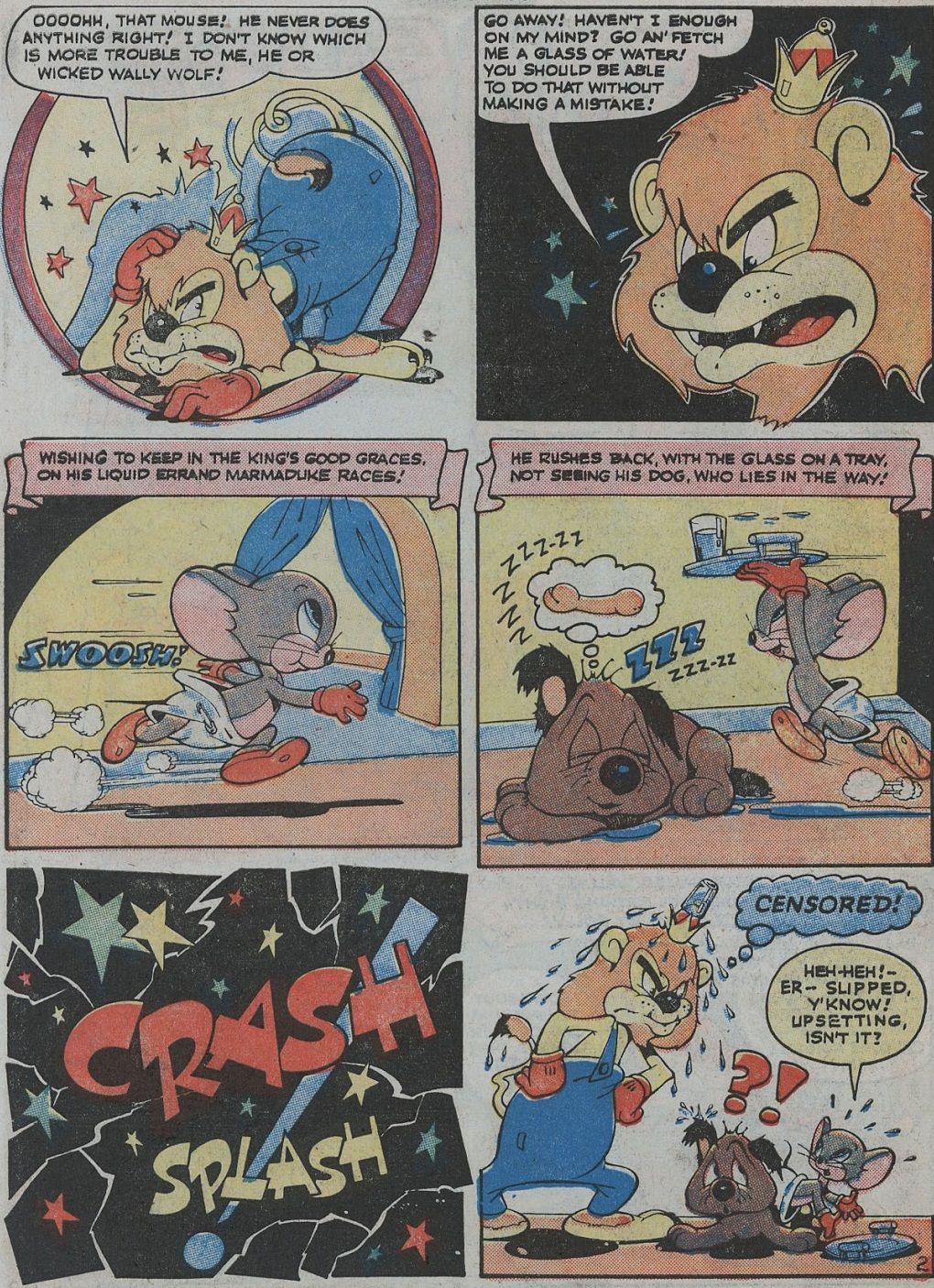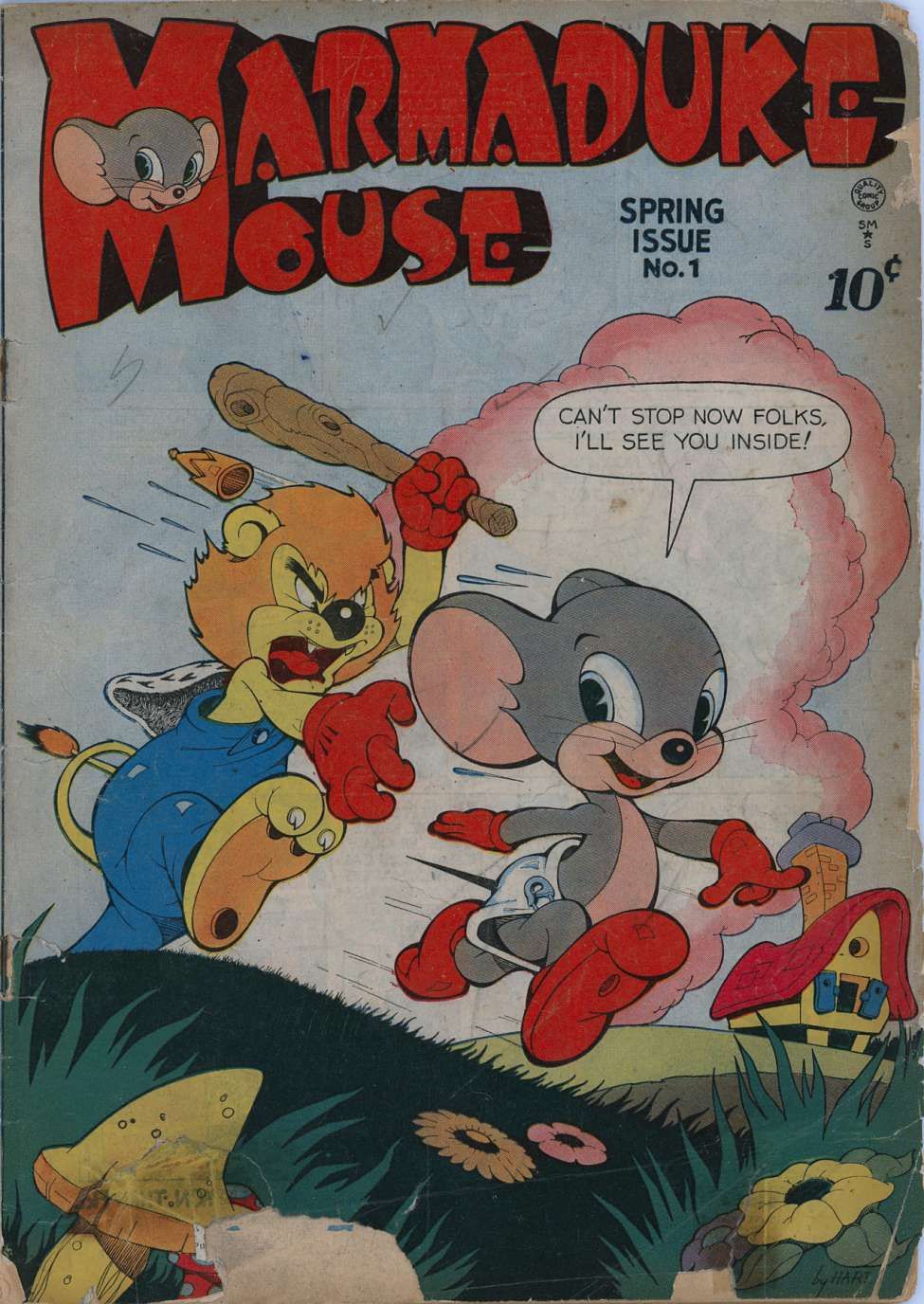This is "Look Back," a feature that I plan to do for at least all of 2019 and possibly beyond that (and possibly forget about in a week, who knows?). The concept is that every week (I'll probably be skipping the four fifth weeks in the year, but maybe not) of a month, I will spotlight a single issue of a comic book that came out in the past and talk about that issue (often in terms of a larger scale, like the series overall, etc.). Each week will be a look at a comic book from a different year that came out the same month X amount of years ago. The first week of the month looks at a book that came out this month ten years ago. The second week looks at a book that came out this month 25 years ago. The third week looks at a book that came out this month 50 years ago. The fourth week looks at a book that came out this month 75 years ago.
Today, we look at the January 1945 debut of a surprisingly popular Quality Comics character!
One of the areas in comic book history that gets very short shrift is the history of funny animal comics. For quite a while, especially during the Golden Age of comics, funny animal comics were as big as, if not BIGGER, than superhero comic books in the comic book industry. And yet, because they did not continue into modern comics quite as much (outside of the Disney stuff, of course), then their history has been barely covered (it's the whole "history is written by the winners" adage).
Well, Ernie Hart was one of the top funny animal comic creators of the era. He created Super Rabbit for Timely Comics (this was at a time when Don Rico was Marvel's Editor-in-Chief during Stan Lee's military service. It says a lot that when Lee couldn't be Marvel's Editor-in-Chief, Marvel turned to their top humor editor to take over. I wrote about that era in a Look Back last year).
While still working at Timely, Hart also started doing freelance work for other comic book companies. In January 1945, Quality Comics' Busy Arnold made some changes to their series, Hit Comics, which starred the offbeat superhero, Kid Eternity (who could summon any person from history to help him)...
They retired some features and replaced them with funny animal backups by Hart.
One of the, Egbert, didn't last long...
The other one, Marmaduke Mouse, was a surprise smash (people like mice as comic characters, I guess).
The first comic shows Marmaduke telling the others that he will stand up against the tyrannical King Louie...
He gets a chance when he comes across a captured King Louie. Marmaduke frees him, but it does not go well for him in the process...
King Louie keeps him as a captive with some other animals...
Marmaduke then shaves his head, robbing King Louie of his strength and becomes the new king of the forest...
However, that set-up was quickly dropped and soon, Marmaduke and Louie would be doing a sort of Tom and Jerry deal for a few issues...
And then Louie suddenly had a farm that he hired Marmaduke to work on (huh?)...
And finally, Louie was back to being king of the forest and Marmaduke just worked for him...
That was the set-up for the Marmaduke Mouse comic book that launched in early 1946...
That comic, which never had a particularly regular schedule, somehow lasted until Quality Comics closed up shop in 1956. The only Quality Comics characters who had longer-running titles were Plastic Man and the Blackhawks. When DC purchased most of Quality Comics characters, though, they had little use for Marmaduke Mouse, so they didn't even bother buying him (although, in years since, due to some confusion over what DC actually did with the Quality Comics purchase, people often just treat DC as the owner of ALL of the Quality Comics characters and since no one has really challenged them on it, they sort of ARE).
It's funny how these characters can be so popular and yet no one remembers them 60-70 years later.
If you folks have any suggestions for February (or any other later months) 2010, 1995, 1970 and 1945 comic books for me to spotlight, drop me a line at brianc@cbr.com! Here is the guide, though, for the cover dates of books so that you can make suggestions for books that actually came out in the correct month. Generally speaking, the traditional amount of time between the cover date and the release date of a comic book throughout most of comic history has been two months (it was three months at times, but not during the times we're discussing here). So the comic books will have a cover date that is two months ahead of the actual release date (so October for a book that came out in August). Obviously, it is easier to tell when a book from 10 years ago was released, since there was internet coverage of books back then.

